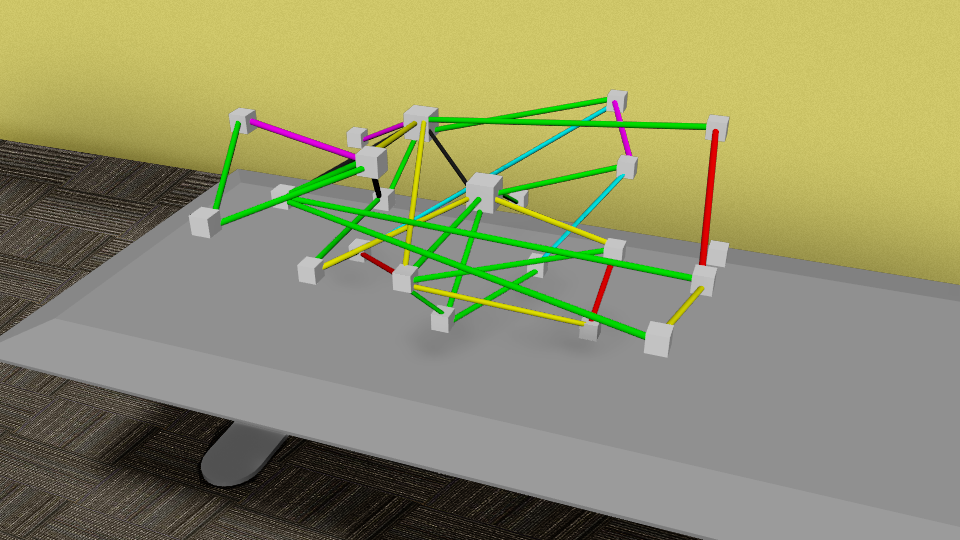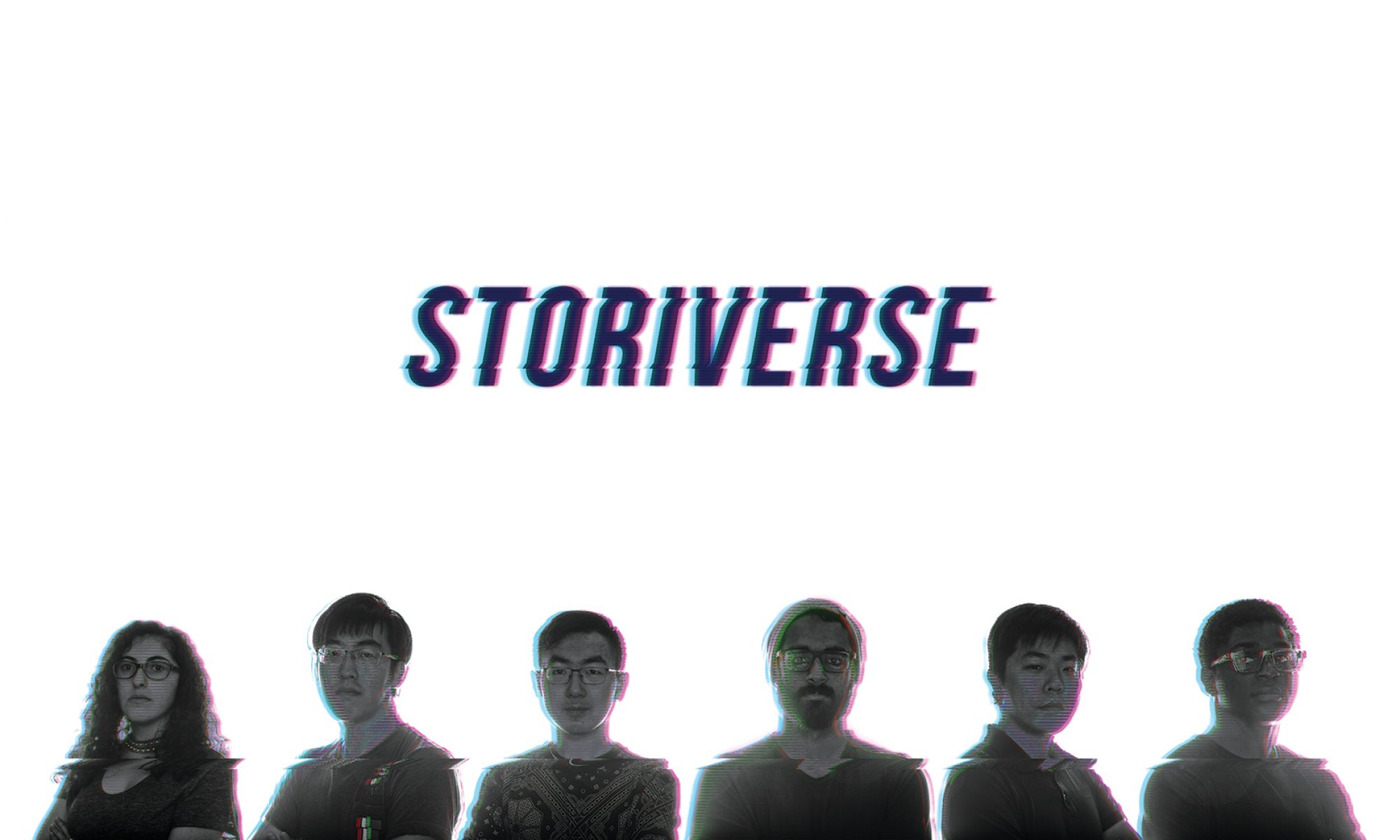This week, we made progress on both the technology front and the design front.
Technology
For technology, we made several prototypes of ways that characters and their associated relationship maps could be displayed in augmented reality. Two of the prototypes were designed to determine how users preferred to see augmented reality react to their movements. We called these prototypes “Sprite” and “Pill.” In the “Sprite” prototype, each of the character’s faces was always oriented towards the user, no matter where the user moved. In the “Pill” prototype, the characters were placed in a set orientation, and did not move when the users did. Thus, a user could go around the character, and see that the character’s face was attached to an object shaped like a pill. We wondered if allowing the users to talk around a 3D object (the pill) would help them understand where the objects were located in AR space.
Sprite Prototype:
Pill Prototype:
We tested these two prototypes with 11 fellow ETC students. The results showed that while most people preferred the Sprite prototype, people felt that the characters who were looking straight at the camera were creepy, because it seemed that the characters were constantly looking at them. Therefore, going forward, we will ensure that character images are always oriented towards the user, but will select images in which the character is not looking directly at the camera.
The third prototype we created is called the “Galaxy” prototype. This prototype is a proposed way of displaying many characters at once. At first we hoped that we could display the total relationship map of the show via an interconnected web of characters, but when we tried to lay it out in Maya, we quickly realized that the numerous characters and connections made it messy and confusing.

Therefore, we decided to try showing the characters in a floating “Galaxy” around the user, and only displaying a certain character’s relationship map when the user selected that character. Knowing that we will eventually want to display videos as well, the programmers also used this prototype to experiment with the number of videos that can be placed in an AR space.
Galaxy Prototype:
Initial reaction to this prototype has been positive, but the way characters are arranged in space will continue to evolve as the design of the experience evolves, and we determine which mechanics are most important.
Design
We talked to multiple industry professionals this week to get ideas about how to design an engaging experience.
First, we talked to Brenda Harger, the ETC’s improv teacher. Brenda pointed out that people who watch soap operas love to make judgments about the choices that the characters make. This supported our hypothesis from last week, that users would enjoy an experience that would let them weigh in on the morality of the characters’ decisions.
Later in the week, we were lucky enough to get a meeting with Susan Dansby and David McKenna, both successful television writers. Susan and David told us that in addition to judging the morality of character decisions, soap opera viewers also enjoy relating the situations that the characters are in to their own lives. Thus, when we design the decision-judging portion of the experience, we will frame our questions to users in ways that will make the users reflect on how they have dealt with relationships in the past.
Jessica Hammer, an ETC faculty member who specializes in HCI, talked to us about how to leverage 3D space to organize our relationship maps. She suggested possibly organizing relationships spatially to show how characters feel about one another – for example, if a user selects a central character to investigate, all characters to the left of the central character could be those that a central character dislikes, and all characters to the right could be those that the central character likes. We will begin to play more with the spatial organization of our relationship maps.
